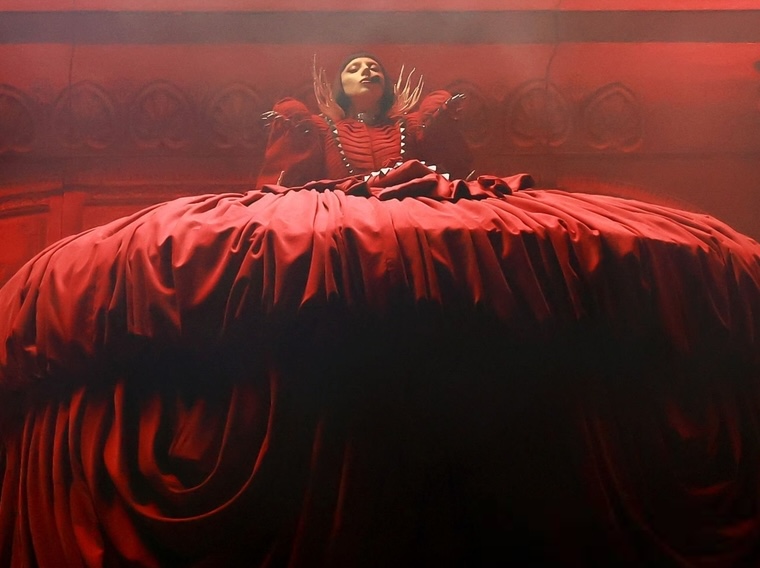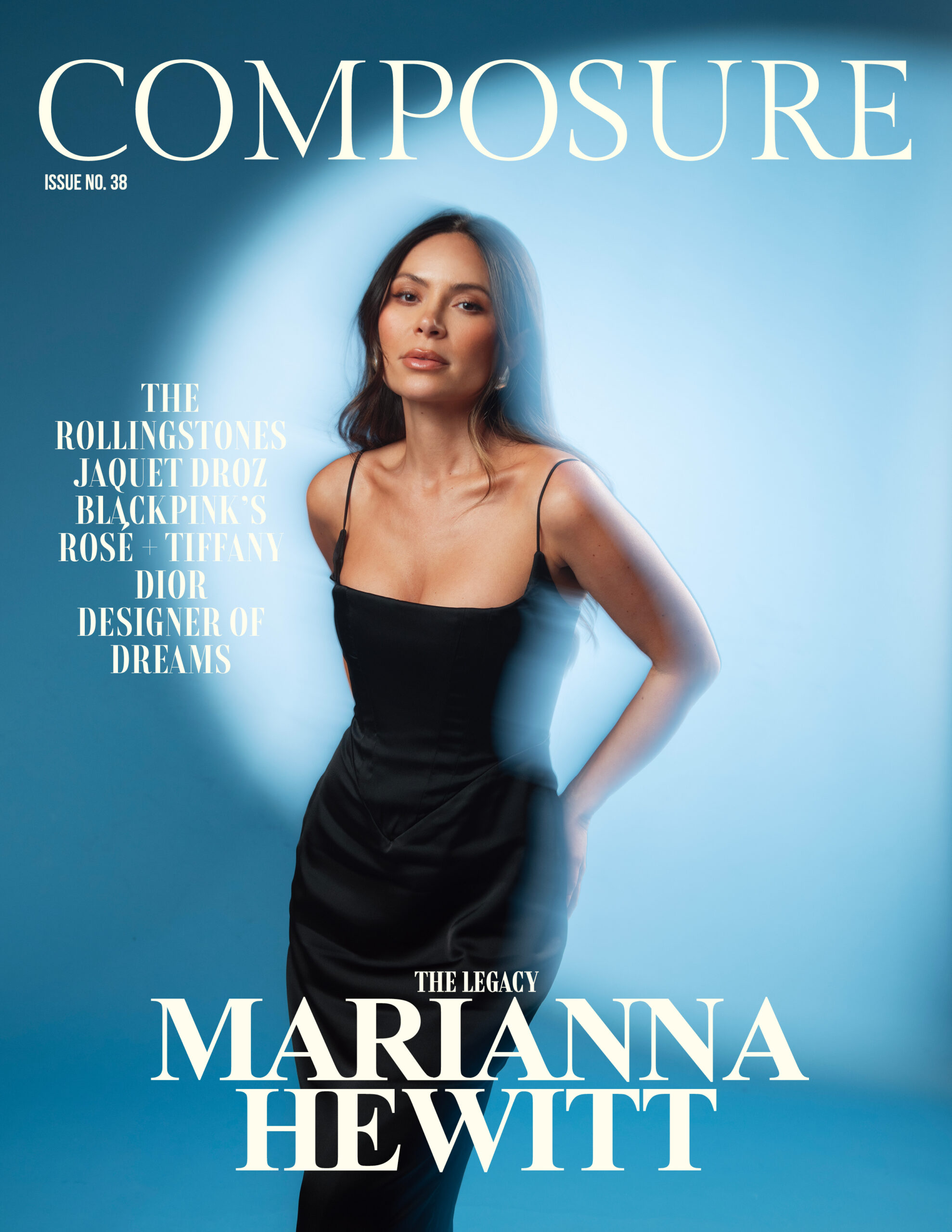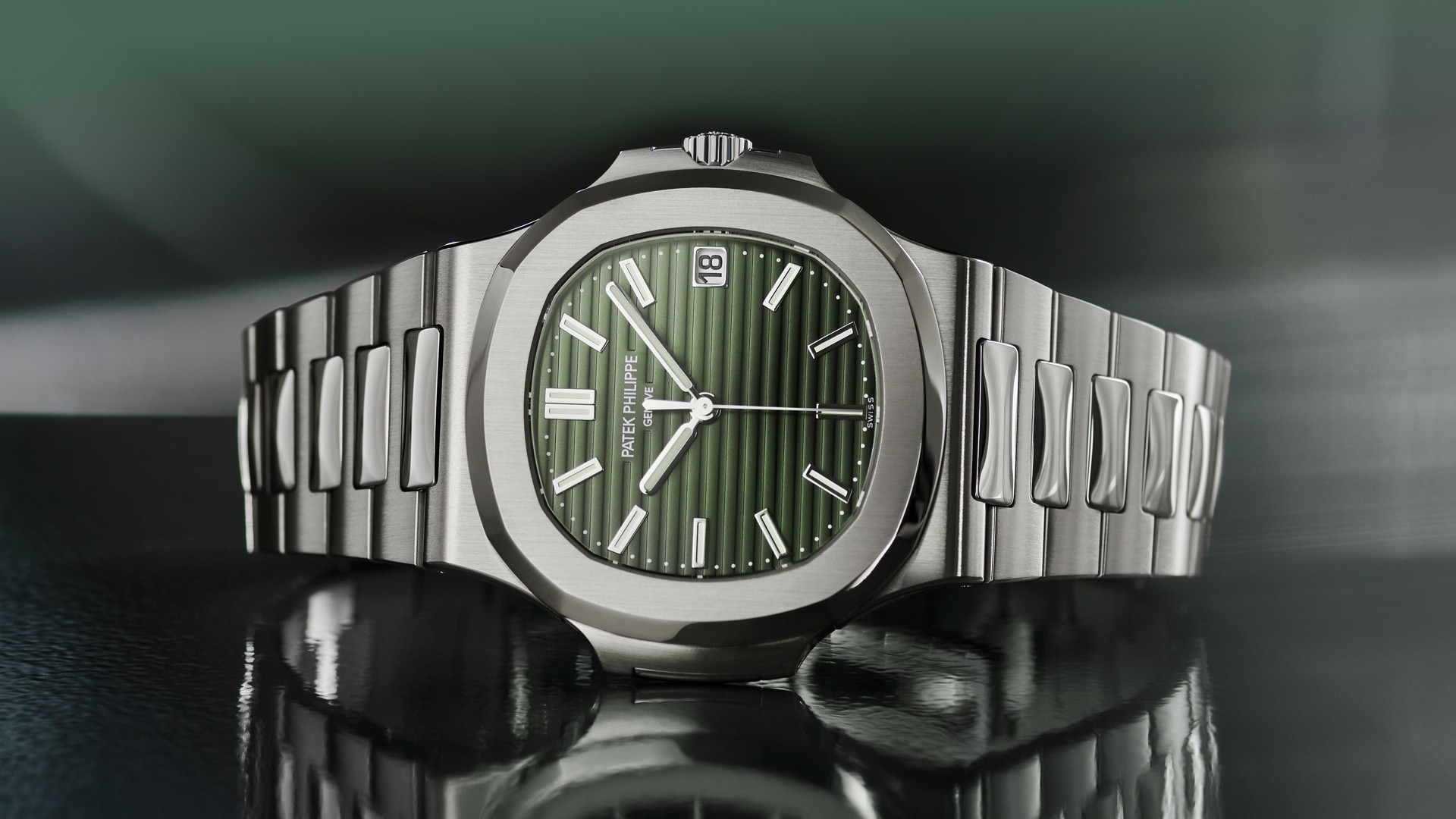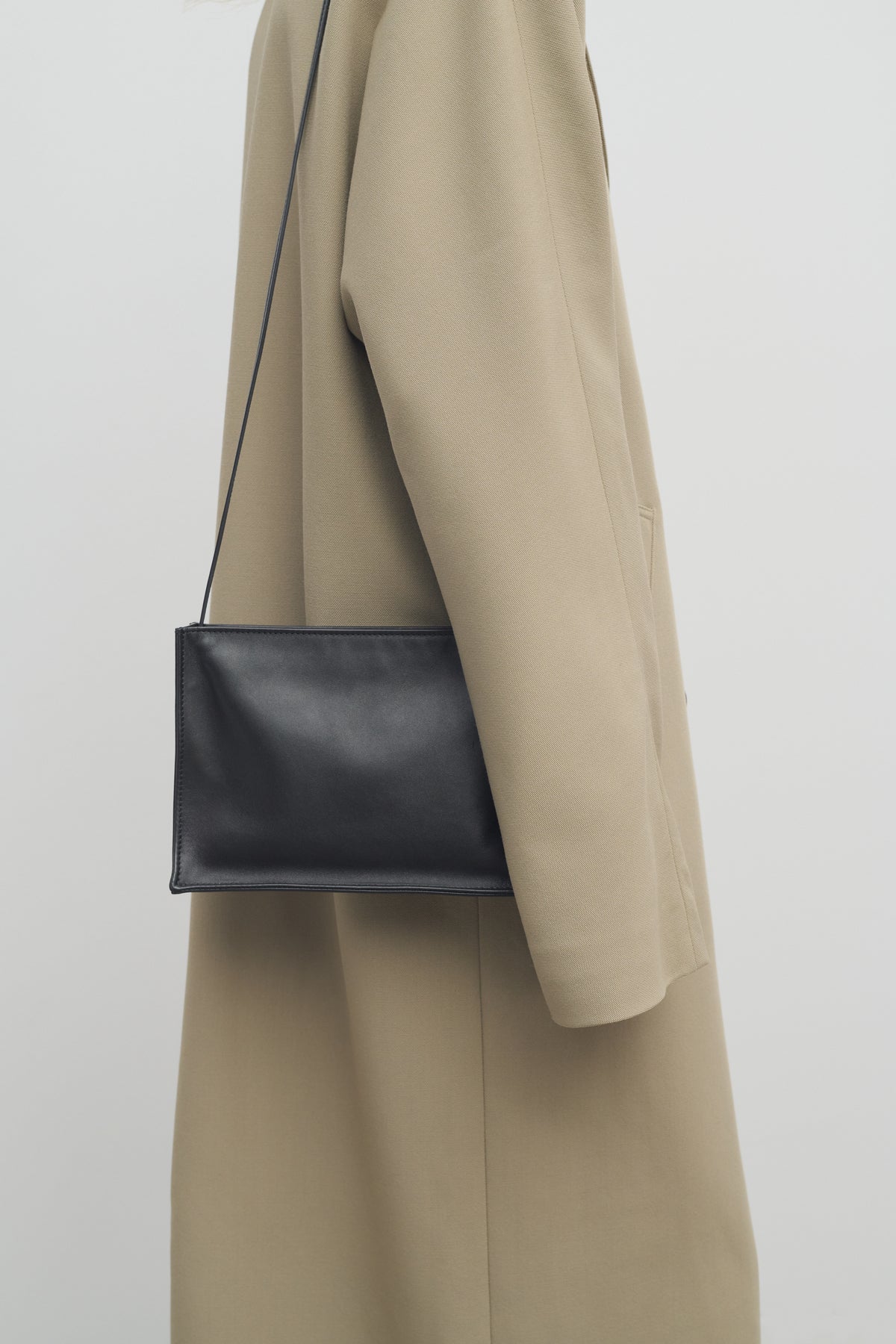
Story by Editor-at-Large CAROLINA OGLIARO
On the first night of Coachella 2025, the desert didn’t just echo with sound, it bent under the weight of something seismic. Lady Gaga, always a mirror and disruptor of her era, took to the stage not to entertain, but to transform.
What she delivered wasn’t a concert. It was a cinematic performance piece. A post-pop opera in seven acts. A meditation on fame, identity, and what it means to be real in an age of illusion.
Act I: A Stage for Reinvention
The performance opened with “Bloody Mary,” not for its viral fame, but as a deliberate message: Gaga isn’t chasing the algorithm, she’s deconstructing it. She rose from a sculptural structure dressed in a crimson, deconstructed gown, part McQueen, part digital armor. The red wasn’t about shock. It was about bold rebirth.
With every movement, Gaga rejected the predictable and leaned into friction, between softness and edge, spectacle and intimacy, pop and performance art.
Act II: Fashion as Architecture of Identity
Collaborating once again with Nicola Formichetti, Gaga’s wardrobe became its own language. A mirrored bodysuit fractured her image into a thousand reflections as she performed “Poker Face” on a stage transformed into a giant chessboard. Here, fashion wasn’t just styling, it was concept.
The chess motif was more than a set design. It became a metaphor: a popstar navigating the board of fame, caught between performance and persona. Each move is calculated, each step a commentary on the machinery behind the music.
Then came the suit, moiré gold, sculptural and precise. It gave Gaga the silhouette of a futuristic monarch. Not royalty of blood, but of cultural power… earned, not inherited.
Act III: Flesh, Fame, and the Post-Digital Gaze
Mid-performance, Gaga paused. No monologue, no theatrics, just stillness, and a stage stripped of light. Lying beside a skeletal structure in silence, she sang “Die With a Smile,” the arrangement minimalist, the vulnerability maximal. The image was stark, raw, and human.
In a world saturated with AI-generated perfection, Gaga’s imperfections, her voice cracking slightly, her breath audible between notes, felt revolutionary. Where most chase curation, she chose truth. It was a reminder: that presence cannot be replicated. Soul cannot be simulated.
Act IV: Movement as Message
The choreography, at once mechanical and fluid, oscillated between chaos and control. Dancers, dressed in garments that fused tech-wear with folkloric tailoring, played out scenes that looked like data moving through a glitch. Each sequence was both narrative and abstraction: joy, power, exhaustion, rebirth.
And at the center of it all: Gaga. Still the provocateur, now the philosopher of the stage.
The Gaga of Now
This performance didn’t mark a return. It marked an evolution. The Gaga of 2025 isn’t seeking to reclaim old titles. She’s reshaping them. Rewriting the meaning of performance in an industry obsessed with virality. While others rely on nostalgia, she weaponizes it, twisting references from her own mythology into new forms.
She’s no longer the spectacle. She’s the lens through which the spectacle is redefined.
The Aftermath
Critics called it “Coachella’s most intelligent headline act in a decade.” But it wasn’t just smart, it was felt. Gaga didn’t try to connect. She embodied connection: unfiltered, unscripted, unmissable.
As the final synth line faded and the desert air returned to stillness, the audience didn’t just cheer. They stood silent, absorbing what they’d witnessed: an artist not just in command of the stage, but in conversation with the future.
Lady Gaga didn’t give Coachella a moment.
She gave it a mirror.
And in it, we saw not just her, but ourselves, transformed.





